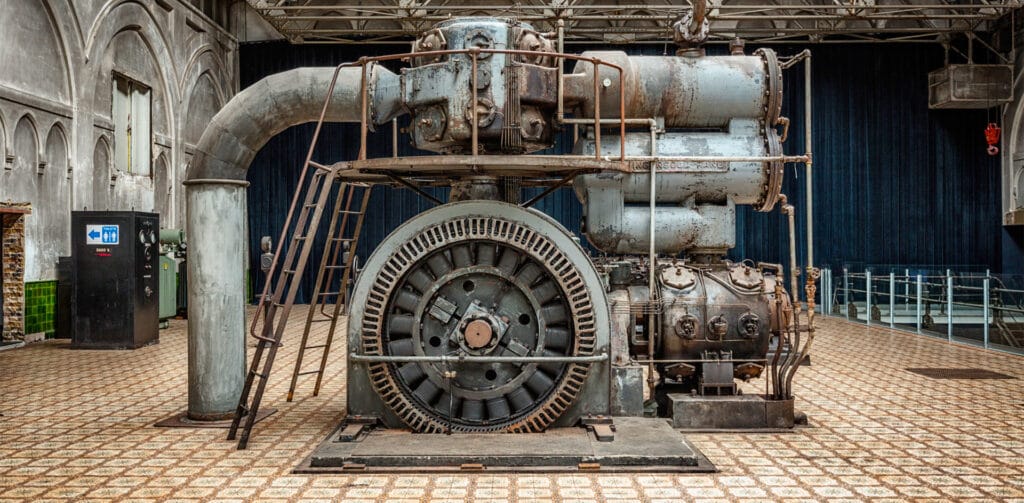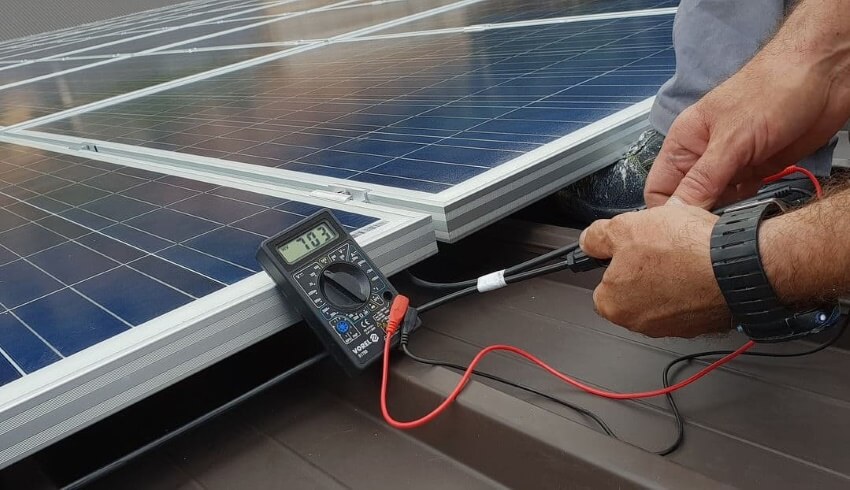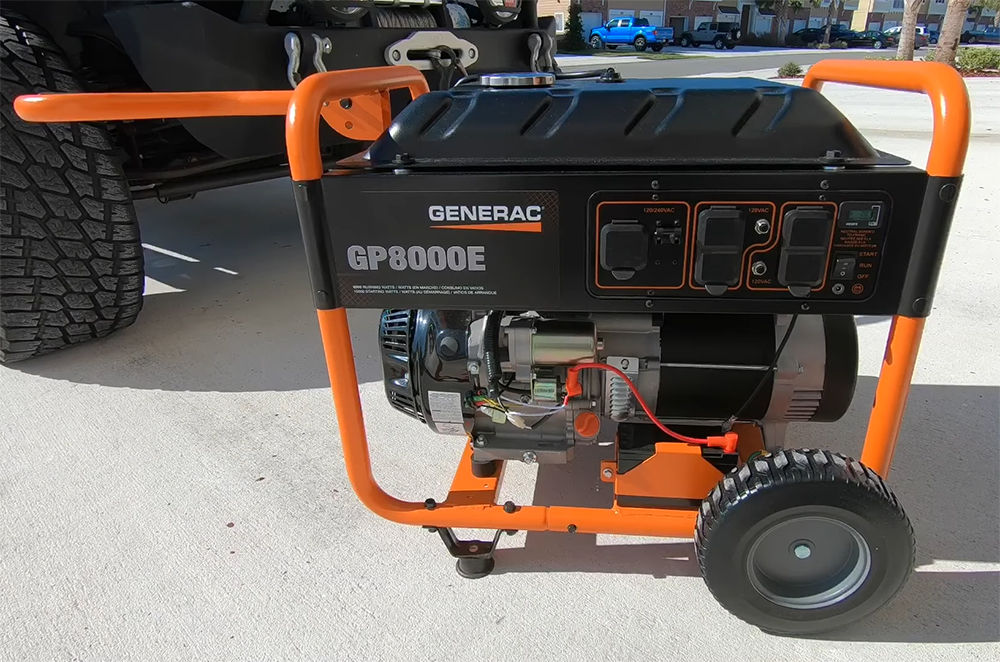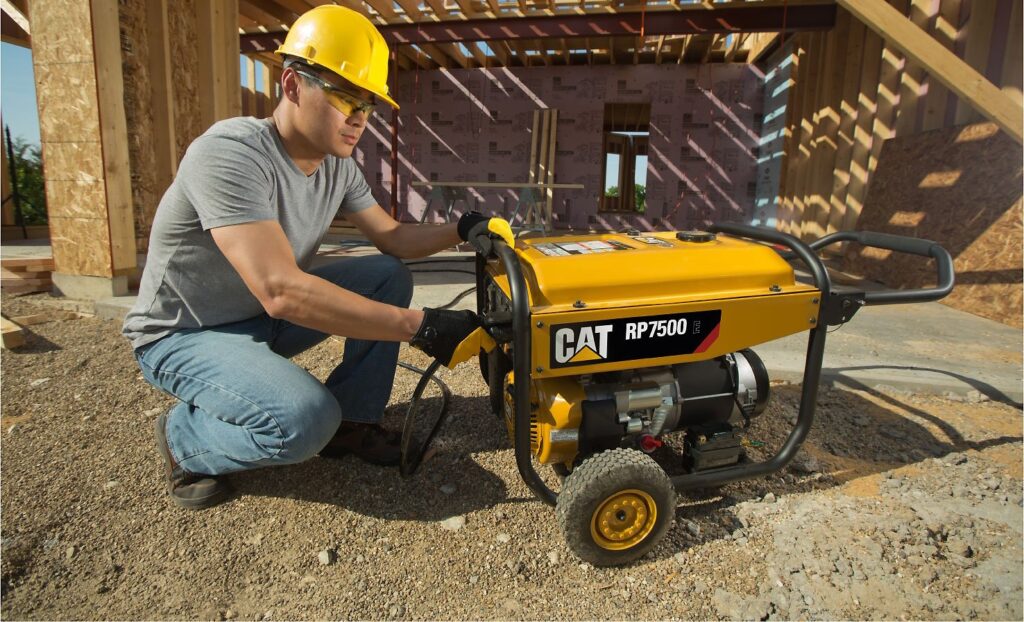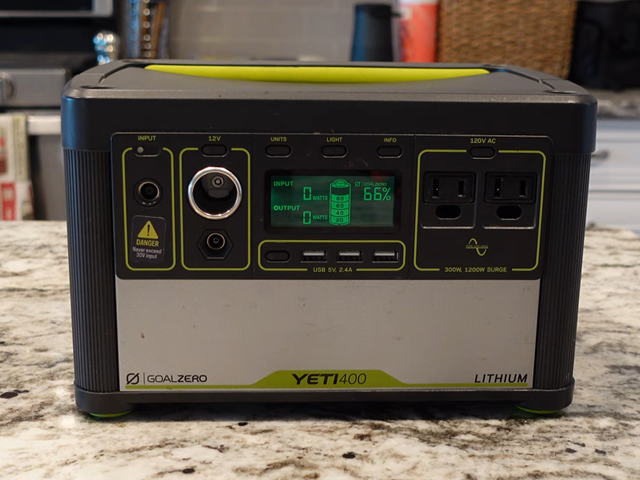
You’ve settled on the perfect generator to power your home if the lights go out during the next big storm. But before you can consider yourself fully prepared for a blackout, you need a generator transfer switch.
A generator transfer switch is essential to safely connecting your generator to your home’s electrical circuit. Without one, you’ll be forced to run extension cords from every appliance in your house to your generator outside – probably not the solution you’re envisioning.
In this guide, we’ll explain everything you need to know about these critical devices, including how a generator transfer switch works, how to install a generator transfer switch, and how to size a generator transfer switch.
If you’ve already got a generator, why do you need a transfer switch to connect it to your home?
The short answer is that it’s for safety. Hard wiring a generator directly into your home’s electrical circuit or backfeeding power by plugging your generator into a household outlet are both incredibly dangerous. In fact, these methods are so dangerous that connecting your generator to your home’s electrical circuitry without a transfer switch is illegal in many places.
In those cases, your home is still connected to the electrical grid. So, the power could come back on at any moment and overload your generator – which has the potential to cause electrocution or even start a fire. Or, if someone from the power company goes to work on the electrical lines outside your home, they could be electrocuted since your generator is feeding power back into the lines without them knowing about it.
By using a manual or automatic transfer switch for your generator, you ensure that your generator and the electrical grid can’t interact through the circuitry in your home.
A transfer switch works by transferring your home’s internal circuit from dependence on the electrical grid to dependence on your generator. Essentially, your home’s circuitry becomes an isolated path that can only connect to outside power through the transfer switch. You then use the switch to either close the circuit with the electrical grid or with the generator.
Depending on how your house is wired and the amount of power your generator provides, you may need a whole house transfer switch for your portable generator or just a partial transfer switch. You may have all your appliances running on a single circuit breaker, in which case they can be moved as a unit onto the transfer switch. But, some homes have a separate breaker for a well pump or heating system. Those appliances will need a second transfer switch or they will need to be wired with your other breaker into a single switch.
Importantly, generator transfer switches can be either manual or automatic. With a manual transfer switch, you have to manually open a circuit on the transfer switch to move your home from the electrical grid to the generator and back. That’s not difficult, but it means you’ll have a few minutes without power when the lights first go out.
An automatic transfer switch for your generator will automatically detect when the power goes out and switch your home onto the generator’s power supply. Of course, this is only helpful if your generator will also turn on automatically when the power goes out, as many permanently installed home generators do.
It’s a good idea to install your generator transfer switch well in advance of a potential blackout. After all, it’s a lot easier to do with the lights on than in the dark.
The first step in installing a backup generator transfer switch is to decide what appliances you want to power and to match this against the amount of power your generator supplies. Ideally, your refrigerator, freezer, and lights are on individual circuits so you can ensure these get power. You can put more appliances onto the transfer switch than your generator can handle, but you’ll need to be very careful about running them so that you don’t overload your generator.
Once you’ve got that sorted out, it’s time to connect the generator transfer switch to your house. Open up your circuit breaker box and turn the main power breaker off. Beware that the terminals where electricity enters the circuit breaker will still be powered.
Now, feed the wires from your transfer switch into your circuit breaker box. Make sure the wires can reach all of the circuit terminals, then secure the base of the wires in place using a locknut, bushing, or other fixture. With the wires adjusted to length, you can also mount your transfer switch on the wall next to your circuit breaker box.
For each circuit you’re going to move from the circuit breaker onto the transfer switch, there are a few steps to follow:
You’ll repeat this process for every circuit you want to move from the circuit breaker onto the transfer switch. Keep in mind that you need to balance the load among circuits on the transfer switch. That means that if you put a heavy-duty appliance like the refrigerator onto a breaker on the left side of the transfer switch panel, put another heavy-duty appliance like the freezer onto a right-side breaker.
Once you’re finished, attach the white neutral wire from the transfer switch onto an open lug in the neutral bus bar of your circuit breaker panel. Finally, finish the installation by attaching the green ground wire to an open lug on the grounding bar in the circuit breaker panel.
You can connect the transfer switch to your generator by plugging the power cord from your generator into the terminal on the transfer switch. Make sure the generator is off when making this connection. When everything is finished, make sure that all the circuits on your transfer switch are set to “Line” and turn the main circuit breaker in your circuit panel back to “On” to restore power to your home.
The size of generator transfer switch you need will depend on the power your generator can produce. Your transfer switch should be rated for at least as much wattage as your generator’s maximum power, and ideally slightly more to be safe.
As for the number of circuits you need on the transfer switch, that depends on how your home’s appliances are arranged on your circuit breaker. Most homeowners need less than 10 circuits, but make sure to check your circuit breaker setup before deciding.
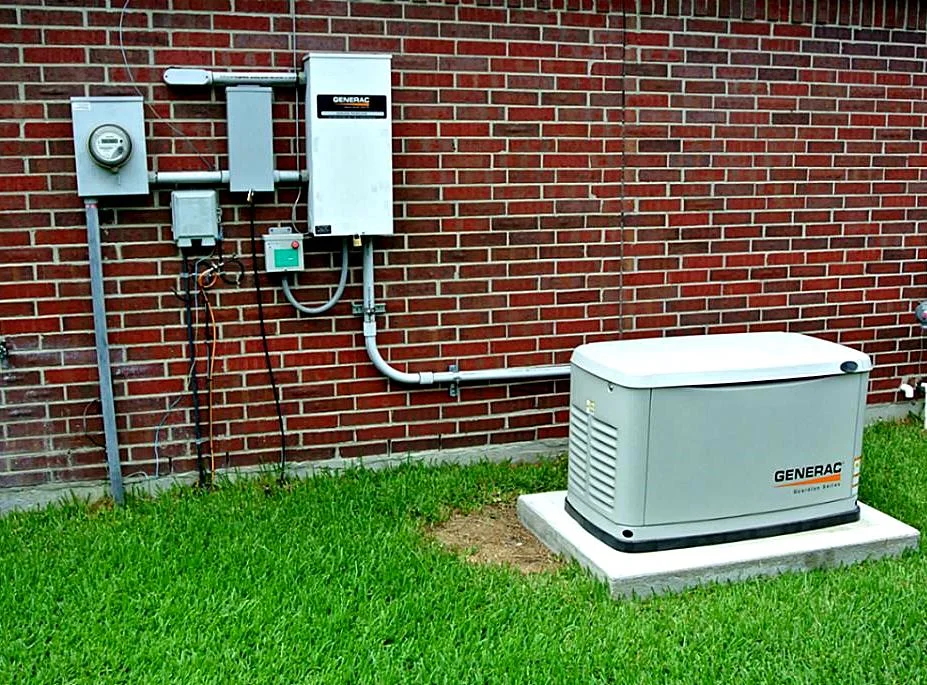
Installing a generator transfer switch takes a few minutes of work, but it’s easy to do. The most important thing is to make sure you that turn off the main power circuit on your circuit breaker to eliminate the risk of electrocution. Once your generator transfer switch is installed, you’re ready to keep your home running smoothly the next time the power goes out.
